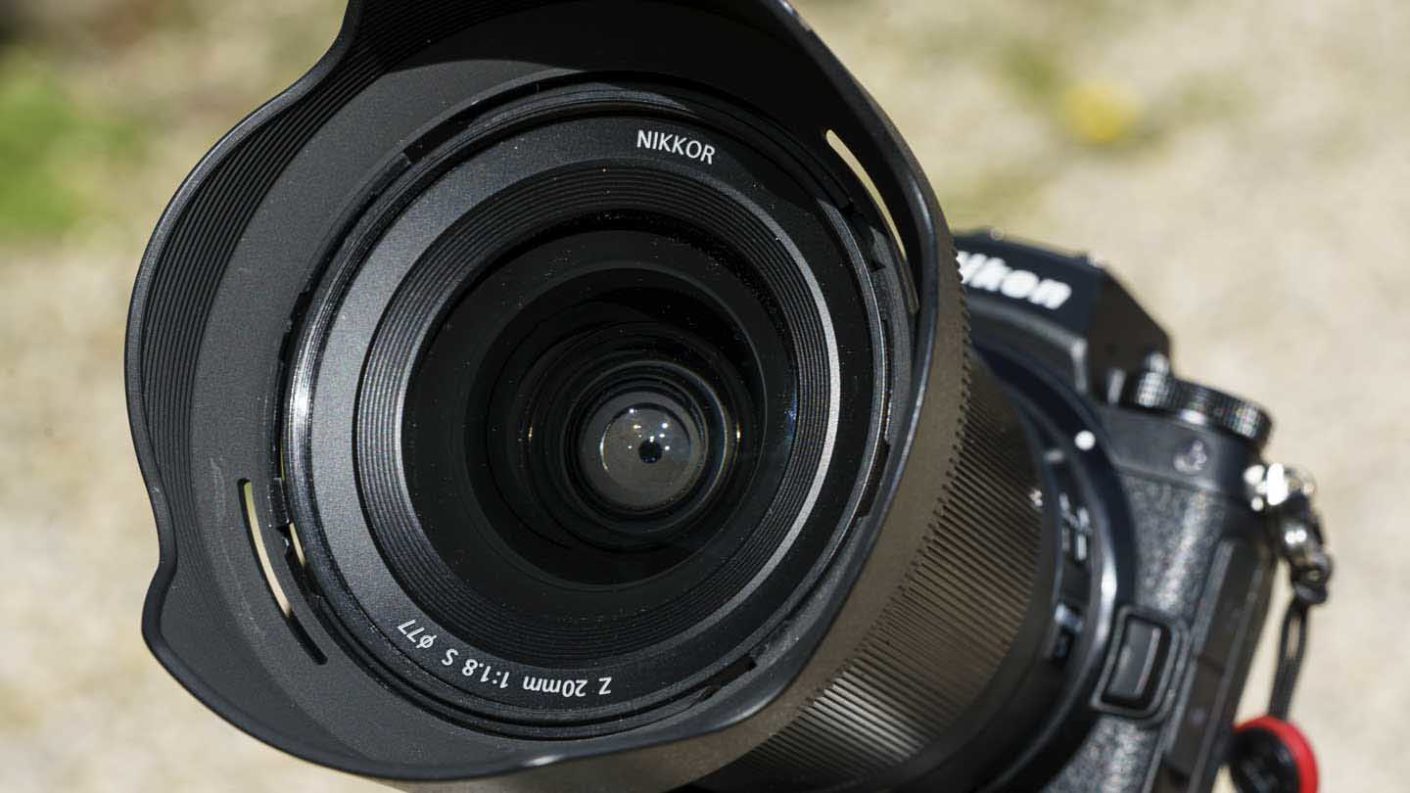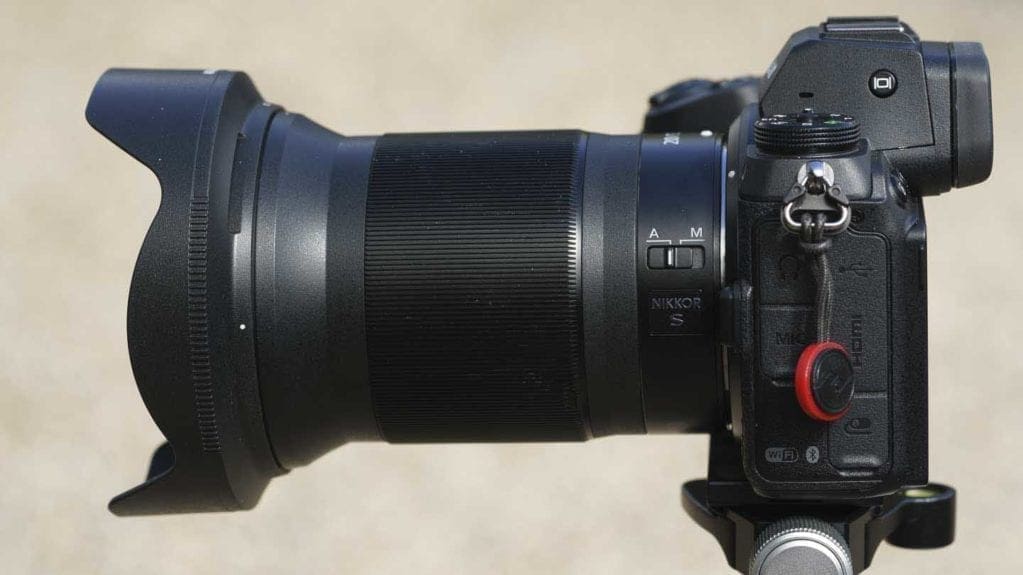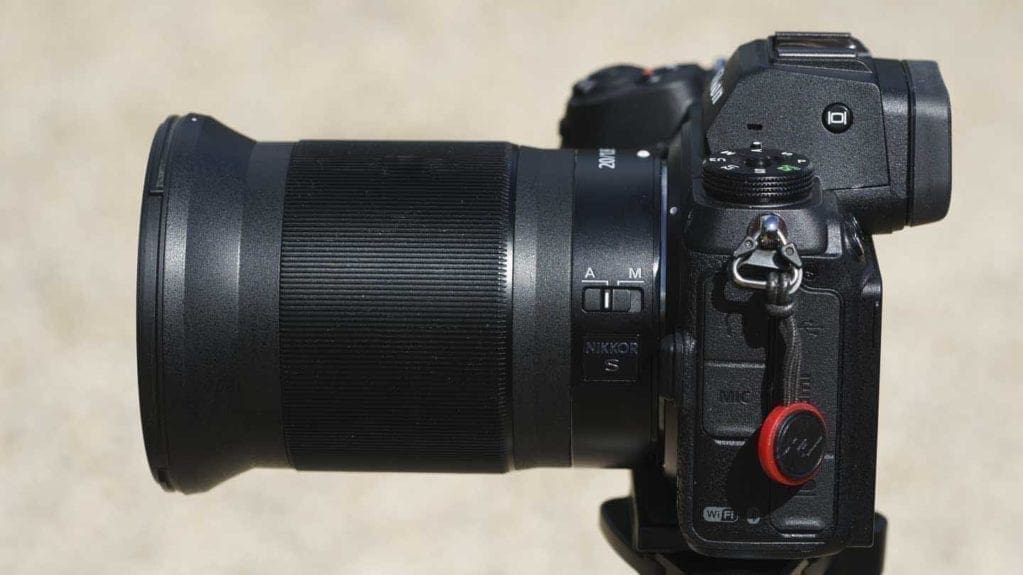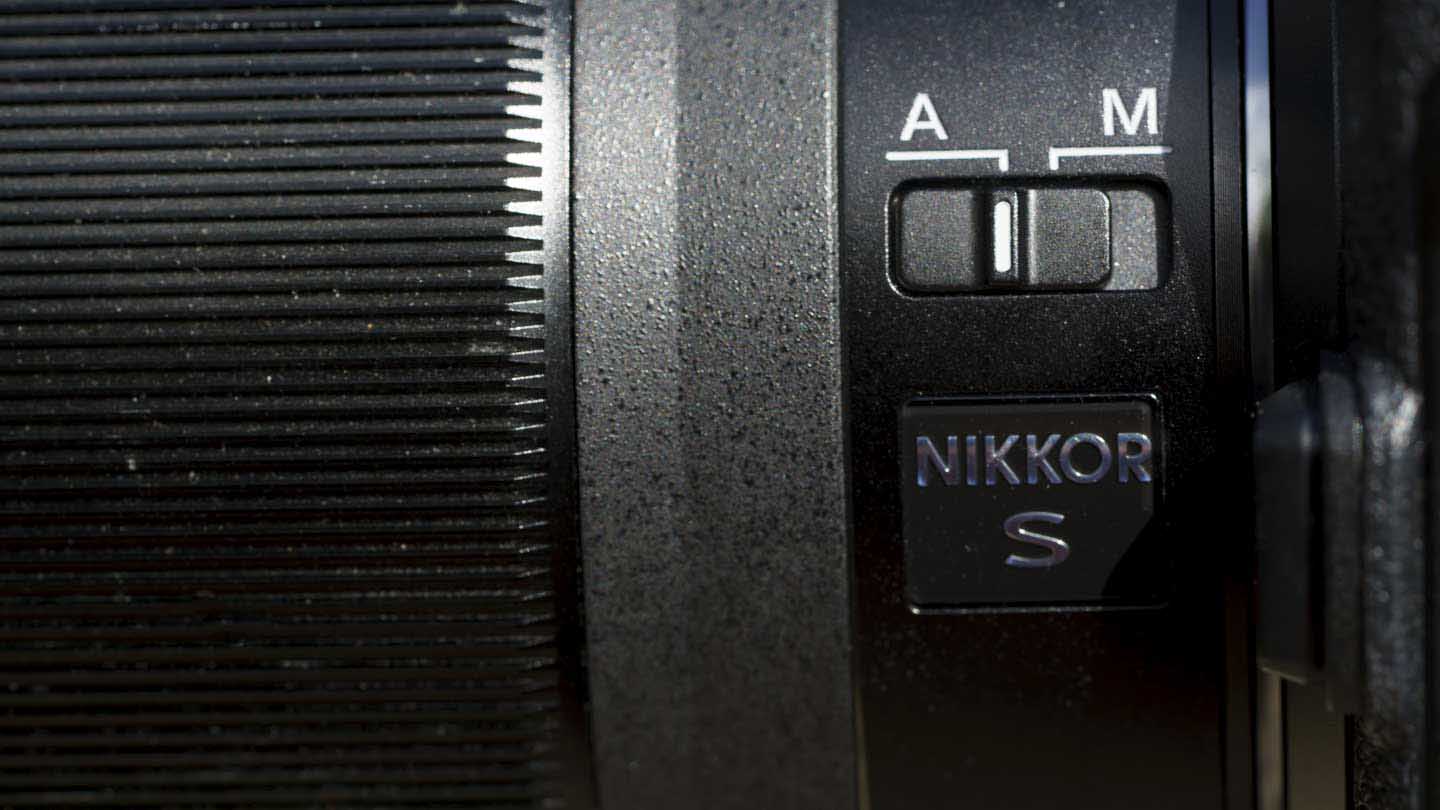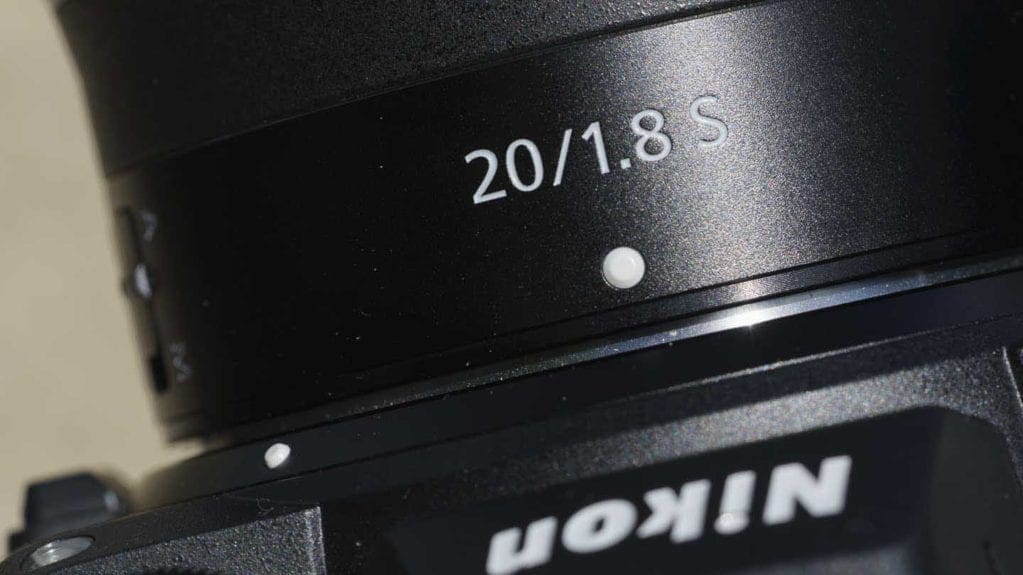Nikon’s Z mount lenses have impressed us to date and the Z 20mm f/1.8 S is no different. It delivers wonderfully sharp images and even with the Auto distortion control option in the menu of the Nikon Z7 II set to off, there’s just a slight suggestion of barrel distortion visible in images with strong linear patterns. Activate the Auto distortion control and it’s gone from raw files as well as Jpegs.
Similarly, if the Vignette control is off, there’s slight corner shading that’s visible at the widest aperture settings, but it’s by no means dramatic. Even with the Vignette control set to ‘Normal’, there’s a slight hint of vignetting in some images shot at f/1.8 if you look for it. But it’s not a noticeable feature of most images shot in normal photographic conditions.
Whether the Vignette control is on or off, closing the aperture gradually reduces the corner shading and it’s completely gone by f/4.
Even wide open the Z 20mm f/1.8 S produces impressively sharp results and there’s very little drop off towards the corners. Comparing images shot throughout the aperture range reveals that the sharpest results are produced at around f/5.6-f/8. If the camera’s Diffraction compensation if off, images shot at f/11 look very slightly less sharp than those shot at wider apertures, and closing down to f/16 loses a fraction more detail, but it’s nothing to be concerned about.
Switching the Diffraction compensation on makes the impact of diffraction only just noticeable at f/16.
I’d have no hesitation on using the Nikon Z 20mm f/1.8 S at any aperture setting, but thanks to the depth of field that’s captured at f/5.6 when the focus point is at 2-3m or more, there’s little reason to close down to the minimum aperture unless it’s very bright or you want to extend the exposure time.
Chromatic aberration doesn’t appear to be an issue with the Z 20mm f/1.8 S and I was unable to find any examples of fringing around high contrast edges. Coma distortion, which turns pinpoint highlights into comet shapes, is also controlled very well and the bokeh (the appearance of out of focus areas) is very attractive.
Even when the sun is close to the edge of the frame, flare isn’t a significant issue with this lens.
With the lens mounted on the Nikon Z7 II, focusing is swift, silent and accurate.
